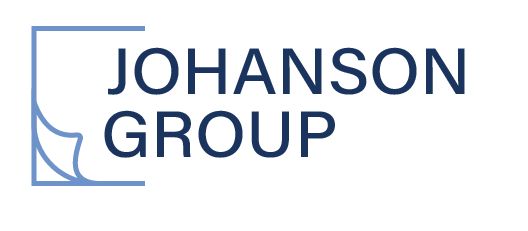Johanson Group Blog
Understanding Compliance vs. Security
"I own a treadmill, so I must be fit." Sounds a bit off, right? We all know that just having a treadmill doesn’t mean you’re healthy—you need to actually use it consistently and in the right way.
Now imagine this: "We passed our compliance assessment, so we must be secure." Sound familiar?
5 Cybersecurity Trends to Watch in 2025
Discover the top 5 cybersecurity trends shaping 2025 and how they impact your business's security. Learn how frameworks like SOC 2, ISO 27001, and Zero Trust can help safeguard your organization. Stay ahead of threats with Johanson Group's expert audits and compliance solutions.
Common Misconceptions About Security Audits
As data breaches and cyber threats become more prevalent, the significance of security audits grows even more critical. Yet, despite their critical role in safeguarding businesses, several misconceptions surround security audits. These myths can lead to a false sense of security or, worse, leave your business vulnerable to attacks.
ISO 27001 vs ISO 27002: What’s the Difference?
Among the most prominent standards established by the International Organization of Standardization (ISO) are ISO/IEC 27001 and ISO 27002, which serve as pillars for establishing robust information security management systems (ISMS). But what sets them apart, and why are they crucial for businesses? Let's delve into the nuances of ISO 27001 and ISO 27002 to unravel their significance.
How to Prevent Data Breaches in 2024
The ramifications of a data breach can be catastrophic, resulting in financial loss, damage to reputation, and legal repercussions. Therefore, implementing robust data breach prevention strategies is not just advisable—it's essential for the survival and success of your business.
SOC for Cybersecurity vs. SOC 2: What’s the Difference?
Cybersecurity breaches are an ever-present threat to organizations of all sizes. A Clark School study at the University of Maryland is one of the first to quantify the near-constant rate of hacker attacks of computers with Internet access— every 39 seconds on average, affecting one in three Americans every year.
Information Security Audits: An Overview of Different Types
Information security audits are a critical component of any successful security program. They help to identify potential risks, compliance issues, and vulnerabilities that can impact an organization's ability to protect its data and operations.
Choosing the Right Compliance Framework for Your Business: NIST vs ISO
When it comes to data security and compliance, businesses need to follow guidelines and standards to ensure they are protecting their sensitive information and customer data. However, choosing the right compliance framework can be overwhelming, with many options available. NIST and ISO are two of the most popular and respected frameworks.
Why You Need a Cybersecurity Risk Management Policy, How to Write One—and Who Can Help
With new technologies emerging every day to make transactions and processes smoother and faster, comes an increased risk of cyber attacks. Cybercriminals adapt quickly to changes in technology and exploit all new platforms.











